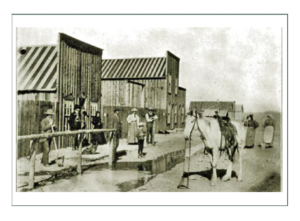

—— WESTERN SETTLEMENT & FASHION AT THE TIME ——
Native Americans & ancient tribes lived on the North American continent long before European & eventually others from around the world emigrated to the continent to build what would become the United States of America. The Mayflower brought the Puritans in the 1640’s.
The next “wave” of immigrant women into America was in the early 1700’s – more specifically the 1730’s-1740’s during political & economical strife in Scotland & England. The English, holding “ownership” of the American colonies at the time, predominated settlement in the east. For this reason, most early women settlers & immigrants were of European descent.
There were two subsequent large European migrations after that; the first to the east coast, & the second of more direct affect to settlement of the “West”. In the 1880’s women from Germany & the Netherlands came down the Great Lakes to land in what is now Chicago. Some went south towards Missouri & Kentucky, but most settled nearby in the Midwest.
Midwesterners from what is now Michigan, Wisconsin, Minnesota, Iowa, & Illinois were among the great numbers that continued to move on westward in the 1880’s & early 1900’s. By 1862 when the first Homestead Act offered 160 acres in what would become Montana & Wyoming to anyone who would live there for 3 years, people jumped at the chance whether they knew anything about ranching or not. Iowa had run out of farmland for their 3rd or 4th sons. By 1910, when the government offered 320 acres instead, settlement began in earnest (& in Wyoming).
It was at about that same 1870-1910 time period that religious groups such as the Mormons traveled West. Many of these groups, including the Irish & Chinese who came to work on the railroads, were often staying temporarily or just moving through the West to get to California & Pacific coastal regions. Those of many different cultures did stay, although documentation of their influence on fashion is difficult to find.
When history talks about “Old West”, it refers to geographical regions west of the Mississippi River, north to the Canada border, south to Mexico, & west to the Rocky Mountains. Nebraska, Kansas, the Dakotas & anything west of the Mississippi River was still considered to be the”Old West” or the “Wild West”. Iowa & Missouri, sitting on the Mississippi, were “West” too.
There were relatively few women of European descent west of the Mississippi prior to the 1830’s that can be tracked for fashion trends, & assumption can be made that in the years 1840-1914, women were predominantly of European descent, regardless of skin color. Until the common usage of the camera in the late 1840’s, little was recorded of what women were doing (& wearing) from the Mississippi westward.
“West” seems to mean the legends & tales of the time from 1840-1915 – from when the first Europeans arrived in some force to the advent of World War I. It’s considered to have been the time & place of cattle, outlaws, trains, & bordellos. The challenge is to get behind that to find out what real & “regular” people were doing & wearing.
The only firmly recorded history seems to be of of prostitutes & fallen women who fell on the profession of necessity to survive, or followed the gold rush of 1849. There is record of outlaws & cattle women, but usually in papers outlining something terrible that happened. Land records of Homesteading & business ownership document some facts. Mostly, we must rely on verbal stories, legends, diaries, periodicals, or artifacts to under the lives – and clothing – of the pioneer women of the 1840’s to 1860’s before the railroad became the means of crossing the country in the 1870’s.
For purposes of our depictions we begin with the advent of the camera in 1840. Prior to that, we must make assumptions based on paintings & sketches of artists who explored the West, or draw conclusions based on observations about history & emigration; the movement of ideas & materials from one place to another.

—— WYOMING – REPRESENTATIVE OF THE WEST ——
Because the history & settlement, & therefore women’s fashion of the American West is as vast & wide in concept as it is in miles of mountains, lakes, & prairies, we will focus on Wyoming as our prototype for costume development. Wyoming is the icon of the Old West; the standard by which settlement of the western US is gauged.
A STATE OF EQUALITY
Wyoming was also the first place in the entire world where women finally gained full emancipation, & therefore represents the summation of all the eras around the world that we have been studying. It was here that over 200 years of gradual reform & activism by women around the world came to fruition quickly & of necessity in typical Wyoming style which doesn’t “beat around the bush”.
Wyoming is called “The Equality State” because immediately at its establishment as a territory in 1868, women had the right to vote. When it became a state in 1890, women still had the right to vote, long before other states like Illinois had to be forced to comply with the 19th amendment in 1920.
The Wyoming territory was defined in 1848, & was established officially in 1868 as trade agreement following the Mexican-American War, & according to treaties over the period 1832-1890 with indigenous tribes of Arapaho, Bannock, Blackfeet, Cheyenne, Crow, Gros Ventre, Kowa, Nez Perce, Sioux, Shoshone, & Ute whose influence & presence remains today.
A Wyoming pioneer is considered anyone who emigrated into the territory between 1868 & when the state entered the union in 1890, & as recorded by the 1870 & 1880 US census and/or land ownership records.
TRANSPORTATION CENTRAL
The many pioneer trails including the Oregon, California, & Mormon Trails passed through the lower half of the state. The Mormon Trail, established in the 1830’s along the south of the state saws 350,000 emigrants traveling on it by 1847. By 1851, the southern parts of the state had become populated with pioneers.
When the first Transcontinental Union Pacific Railroad reached Cheyenne, WY in 1867, the state started to be populated. The Branch spurs northwards to the ranching & coal mining areas of the north took many pioneers north, but there was never a “boom” in the settlement of the northern area. The railroad promoted settlement of the region in order to bring families, merchants, & trade so that they could handle the increased trade of goods coming from the east, & cattle going to the east.
1859 saw the development of the Bozeman & Bridger Trails when gold was found in Montana. While the gold played out quickly, the trail became a heavily traveled route for cattle drives.
CONFLICT & SETTLEMENT
The Powder River Basin, through which the Bozeman ran was central to the state. The area had been agreed upon by treaty between the US government & the Native Tribes to be completely left alone as it was their sacred hunting ground. Intense & continual conflict ensued between immigrants moving in or passing through, & Natives of the region.
Treaties made at that time to settle that conflict were later broken by the new immigrants, causing yet further conflict between Natives & settlers in 1876 on the Montana & Wyoming border to the north. Many forts were established at this time at locations of trading posts to interface the conflict.
The Homestead Act of 1862, which gave 160 acres of land free to anyone who would live on it for a continuous 3 years, brought settlers from the east. Many were teachers or merchants, & did not know what they were doing. The huge ranches that had already been established had claimed general rights to open grazing, & these ranchers did not like the small farmers & ranchers using their water resources.
From 1889 to 1893, the large ranchers organized into a political force to drive the small settlers out. The US cavalry was brought in to settle the disputes, but much Wild West history of movie & literature depiction was made of this era.
The 1860’s to 1900 were known as a time of outlaws. Notables were Butch Cassidy, Harry Longabaugh, & the Hole In The Wall Gang. Many of Wyoming’s Notable Women were a part of the outlaw world, yet many more were on the opposite side of lawlessness.
APPLICATION OF HISTORICAL DATA TO THE DESIGN

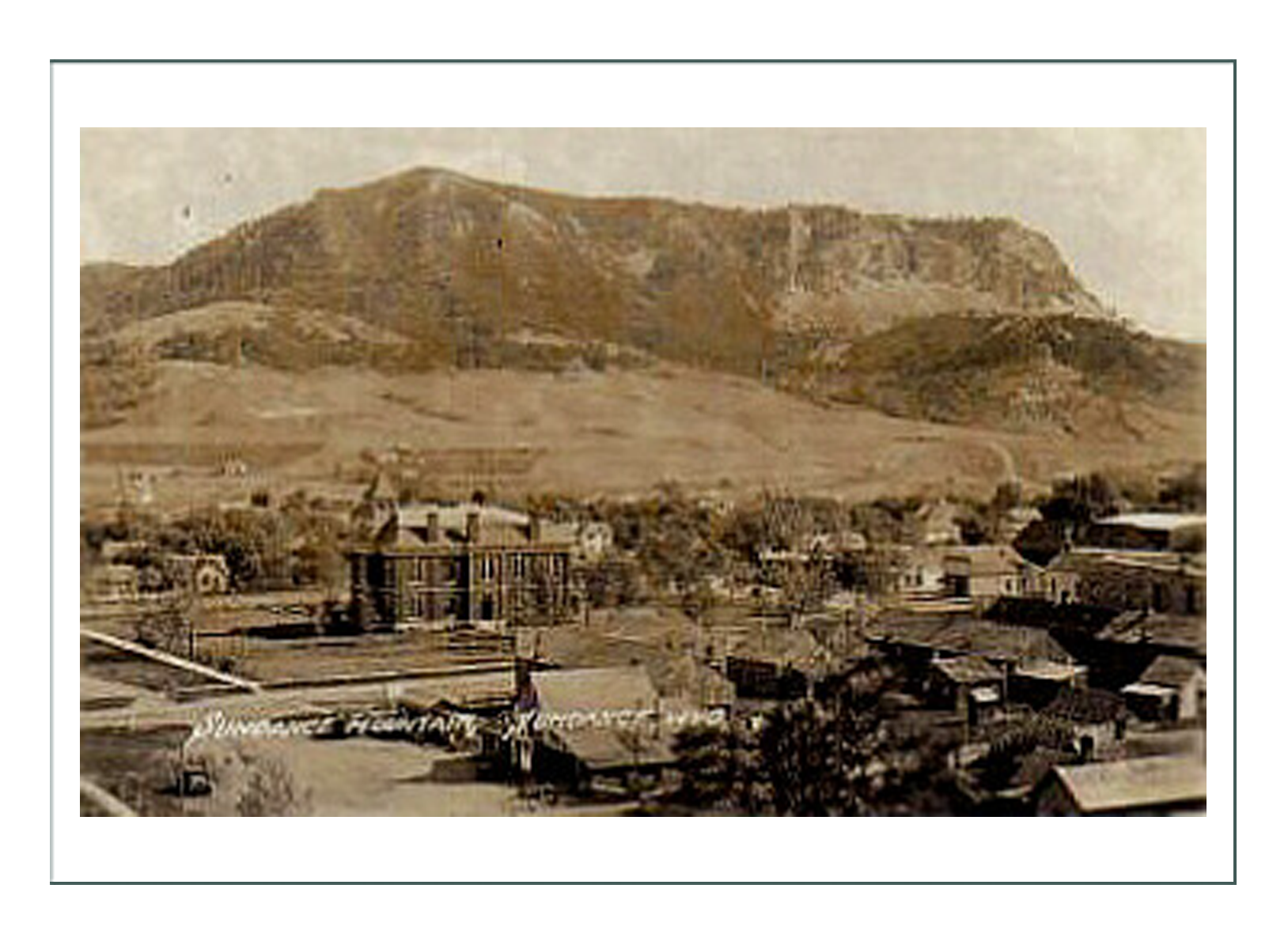
A SPECIFIC TIME AND PLACE – SUNDANCE, WYOMING
“Mid 1880’s” in the American West (Wyoming). Western rural/ranching distant from society. Materials, notions, fabrics would be out of date due to limited shipments and access to goods, information, or updates. As many things would be made or bartered nearby as possible; e.g. leathers, furs, simple cottons. Women would know of fashion by word of mouth or through periodicals which would be local and/or sporadic
Depiction of the Sundance Kid era with Etta Place (and Anne Bassett and similar of the “outlaw era”) would be 1899. While 1899 was definitely a non-bustle era too, the fashion was very different, especially corsetry (1899 uses the long, controlling corset that pushes the woman’s bust forward into a monobosom, while 1883 is a waist cincher to the hips but not over them). The alternate “High Fashion” proposed accommodates that: it is an 1883 fashion, but made through design, fit, and components to appear to be the later 1899 garment, the main difference being the skirt which would be an inverted “tulip” in 1899, whereas it is a straight line with a drape in 1883.
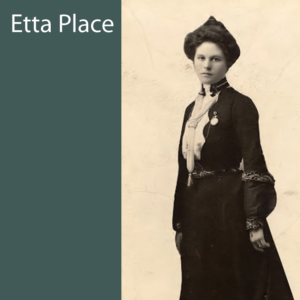
The Region
Depiction of a specific place like Sundancy, Wyoming requires an understanding of specific factors such as communication, transportation, access to goods, cost of living, type of activities and professions, attitudes towards women and others, and in general a total cultural and societal analysis.
The many towns along the trails from east to western United States in the early 1880’s had significant cultures. Much as farm and ranch towns sprang up along railroad tracks in the early 1900’s with a grain elevator to combine and transport local products, so did the towns along the trails.
Sundance was born as a “support town”. Along the Deadwood trail and a stagecoach line, it had the services needed to support travelers. Much like today’s gas/convenience marts, the had “cash ATM’s” in the form of local banks, mercantiles for daily goods including clothing, and farriers, blacksmiths, and all needed for horses and their equipment.
Brick & Mortar
Of course in the beginning, the number of saloons outweighed the churches, but as with most small towns in the US as they grew, Sundance soon had that switched. The centerpiece of the town was the school. As seen in US history, a town with a school is strong because not only do they have a central meeting place, but also a sense of community in which to “rally around”.
The historic Sundance school today is being renovated for use as a museum; our museum. As one of few brick and mortar buildings in eastern Wyoming, it remains as one of few buildings to indicate the past.
Ranch, Inns, and Bank Robbery
Teaching, banking, governing, and all the “hands on” trades of shoeing horses, sewing dresses, and baking cakes would have taken place here. Growing from the 1870’s “inn along the roadside” , it is no wonder by the 1890’s it became a favorite stop for characters like Butch Cassidy and his gang during their travels.
By the 1890’s Sundance had become a legitimate town with a central shopping district. It was on a major road way (later to become the interstate which would pass by and bring down it’s status and economy). It was thriving at the time of our depiction.
The economy then and now was split between traveler support and ranch and farm services. There are many large ranches with deep histories and a lot of notorious characters nearby. Being on the historic stagecoach line, there are many tales about the settlement, disagreements in ranging of livestock, saloons, outlaws, and good old every day folk to be told. There was a newspaper, so the history from at least a few viewpoints was written down.
Faith, Place, & Personality
It is into this huge mix of types of people, occupations, and a bustling (for at least a few hundred people) our character resides. The churches came later; she would have been on the front line of religion to come. It was of particular interest tot he Church of Latter Day Saints who had come west to escape religious persecution. While they lived in large settlements and were on the more southern trails, it is not unreasonable the character would be of Mormon faith.
It is more likely, however, that a southern Baptist Preacher would find his calling from the southeast; perhaps the division of the Presbyterian church in Kentucky at about this time would have the more evangelical christians want to spread the word to a little town they would see as full of corruption and vice, and ready for saving.
Regardless of type of faith, she would be Christian, evangelical, and with the purpose of bringing everyone she meets to God and Jesus Christ. She would be able to make overatures; to “meet and greet” any newcomer or oldtimer. She would be open and trusting; warm and friendly – but with a bit of reserve and respect for a place that would be quiten new to her.
Depending on her inner strength, she would succeed mightily in building a church that would still be there today – and there are several in Sundance like that – or – she would send the men into the saloons to escape her pressure.
Regardless, she would be a vital part of the community, and shape the destiny of the little town.
Small Towns with Big Hearts
Photos of Wyoming historical places at the time of depiction
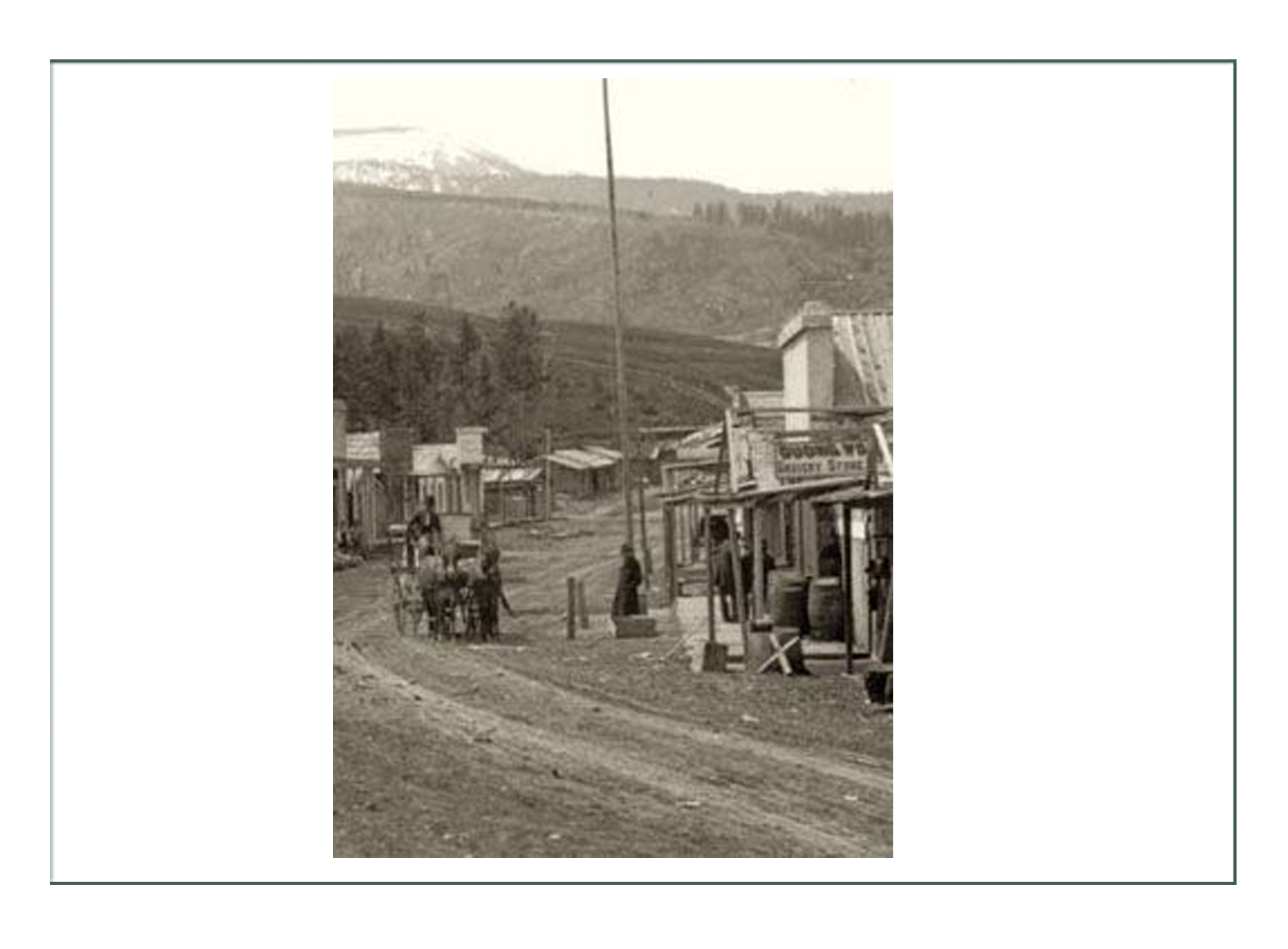
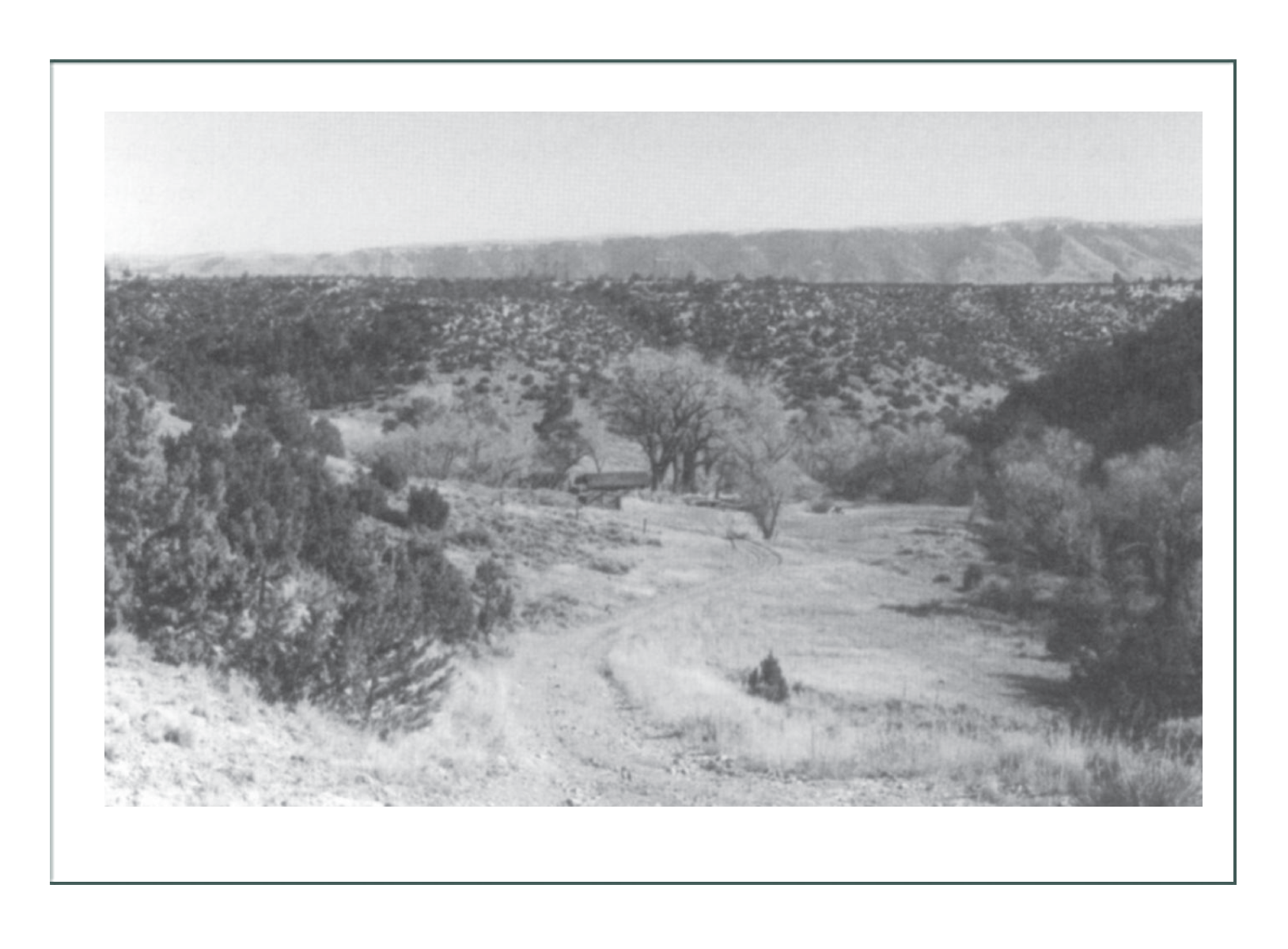
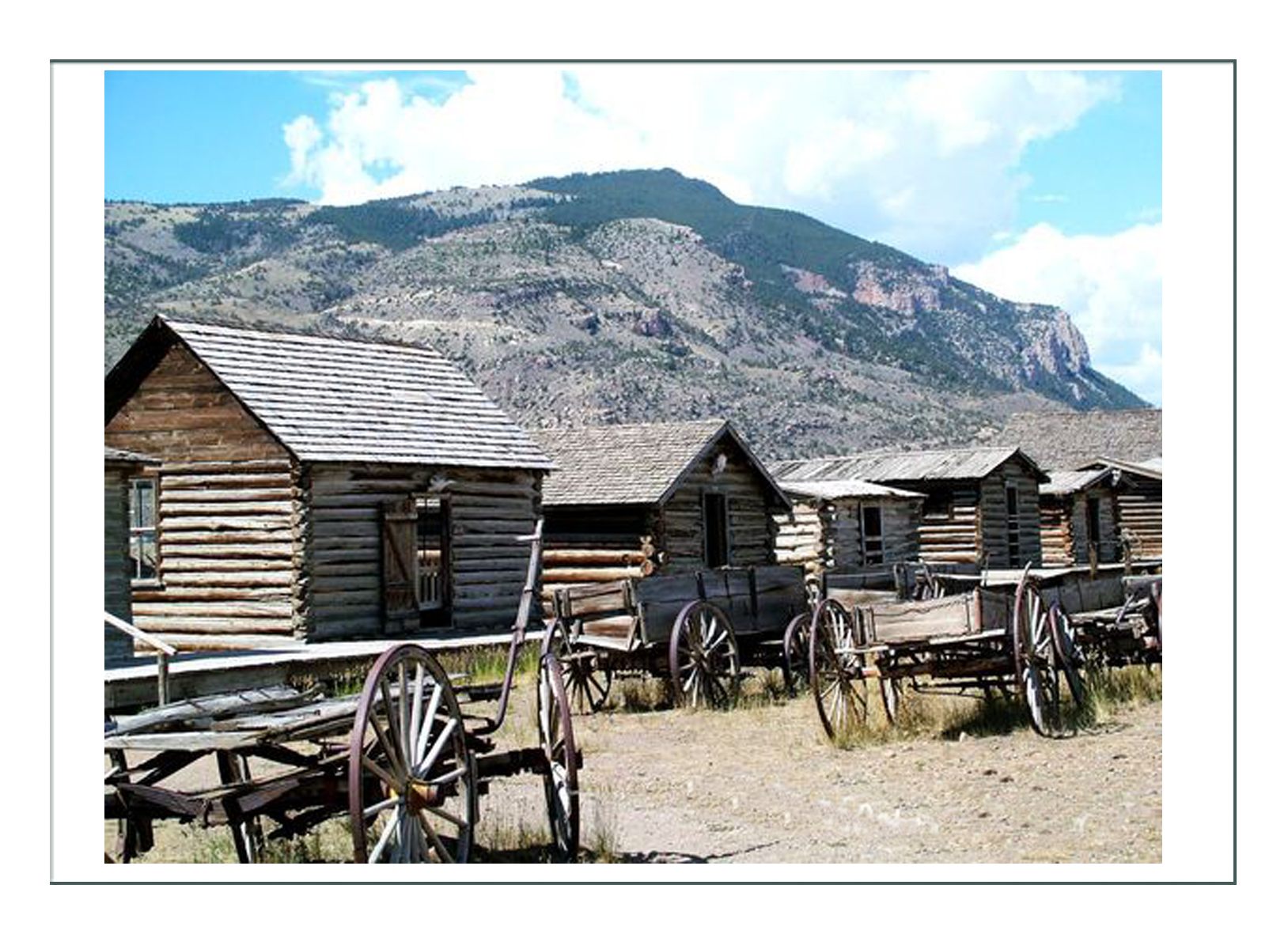
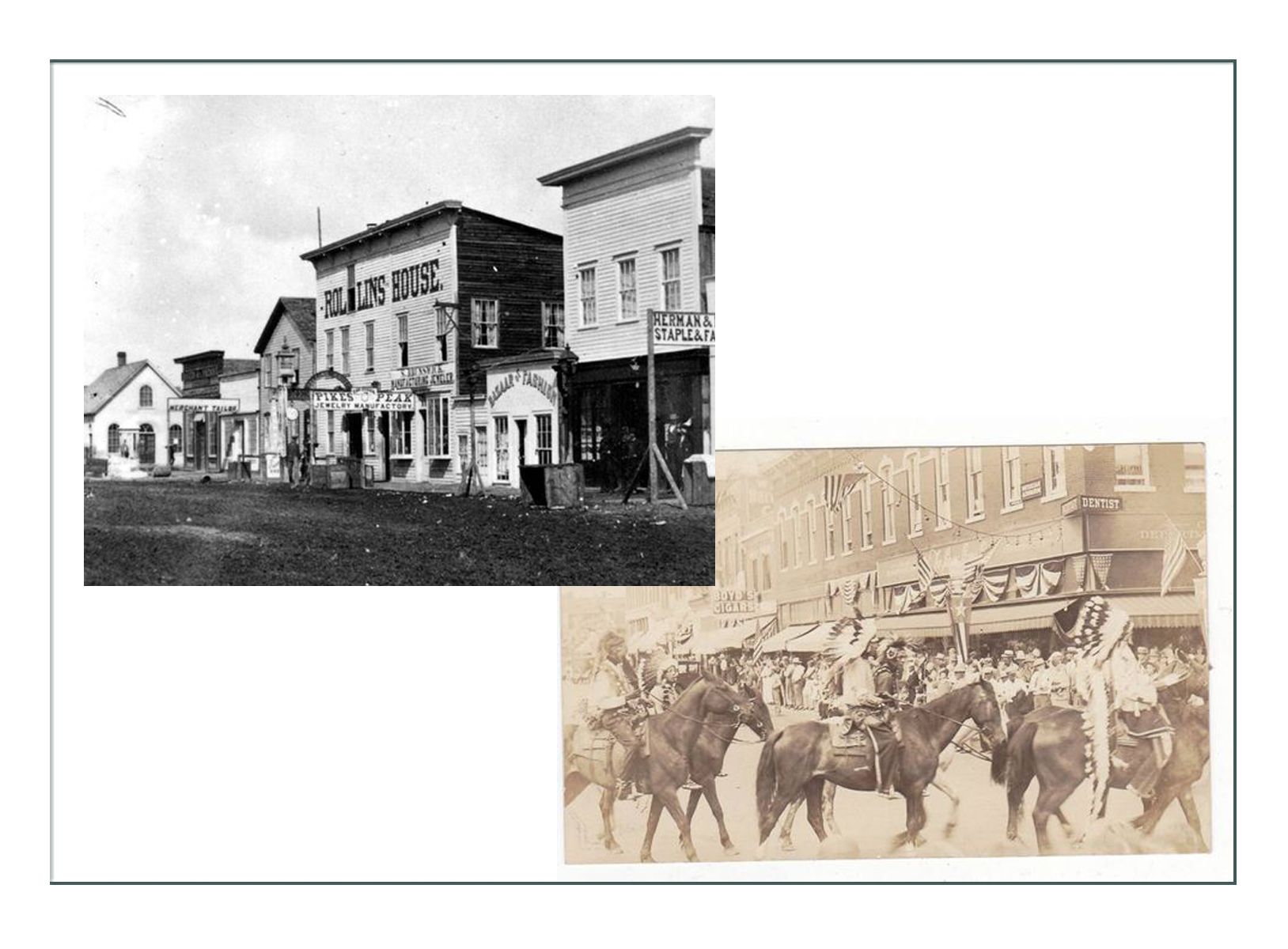
Click to go to Suzi’s History of Fashion page (next)
Click to go to Suzi’s Design Development page
